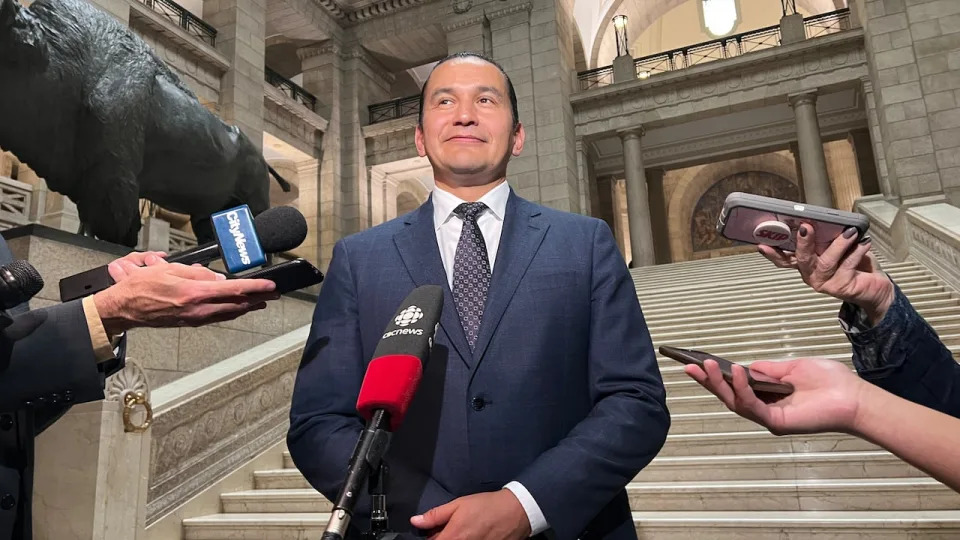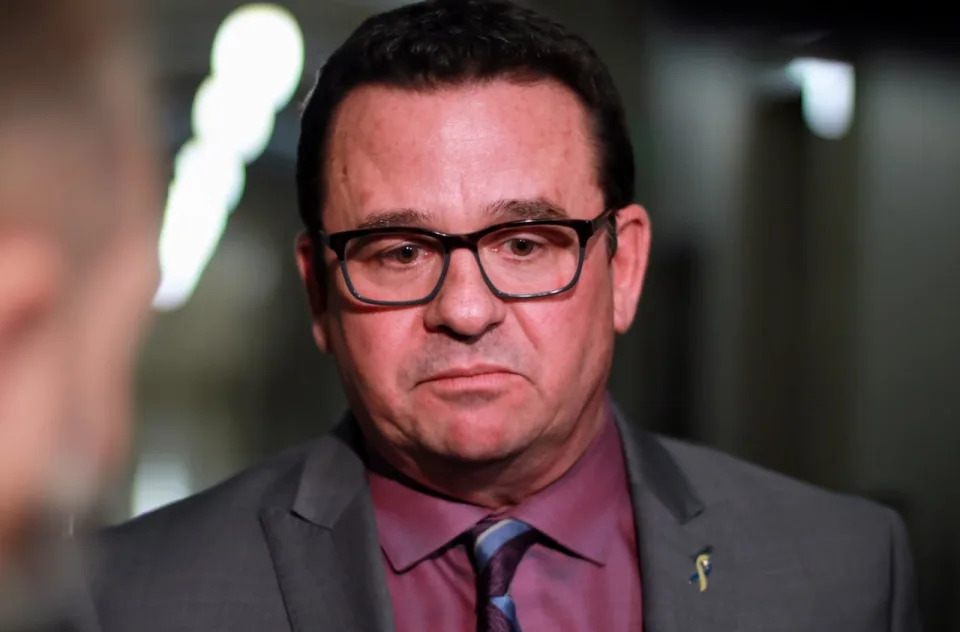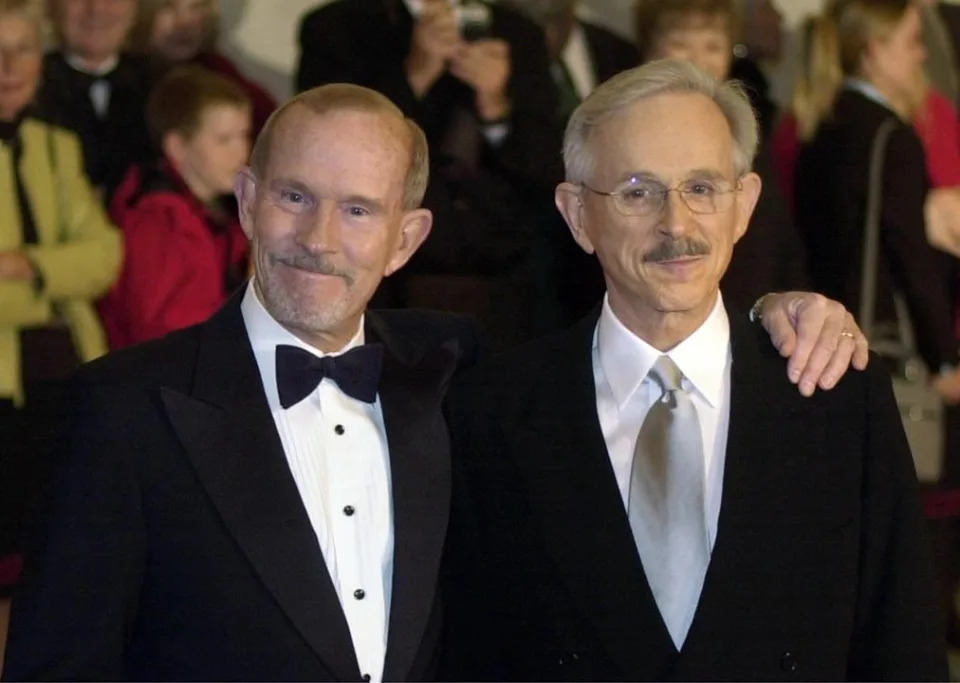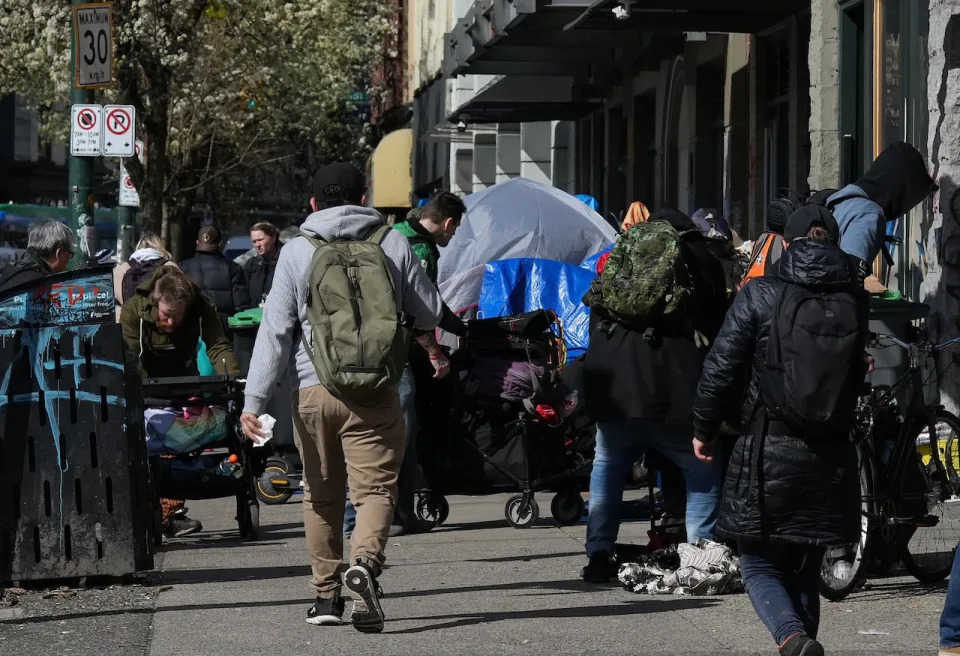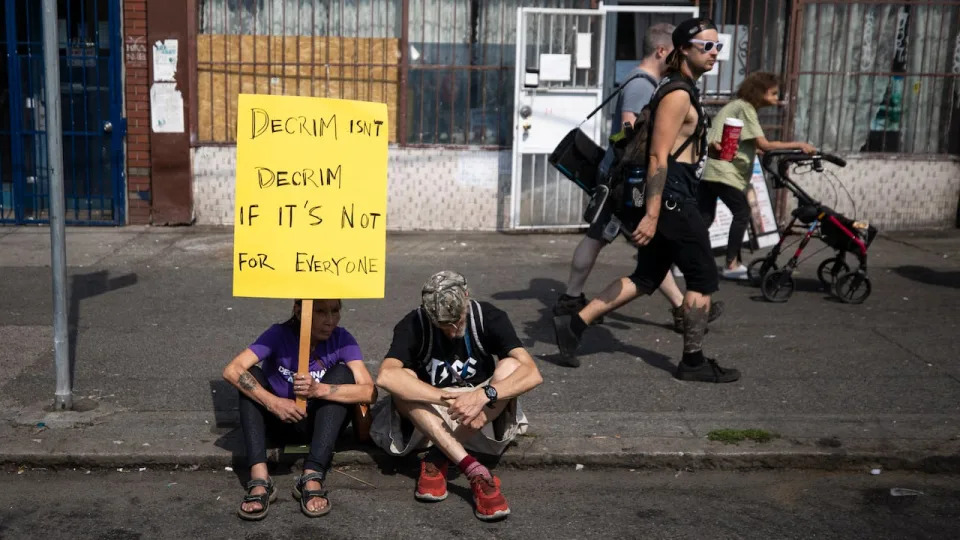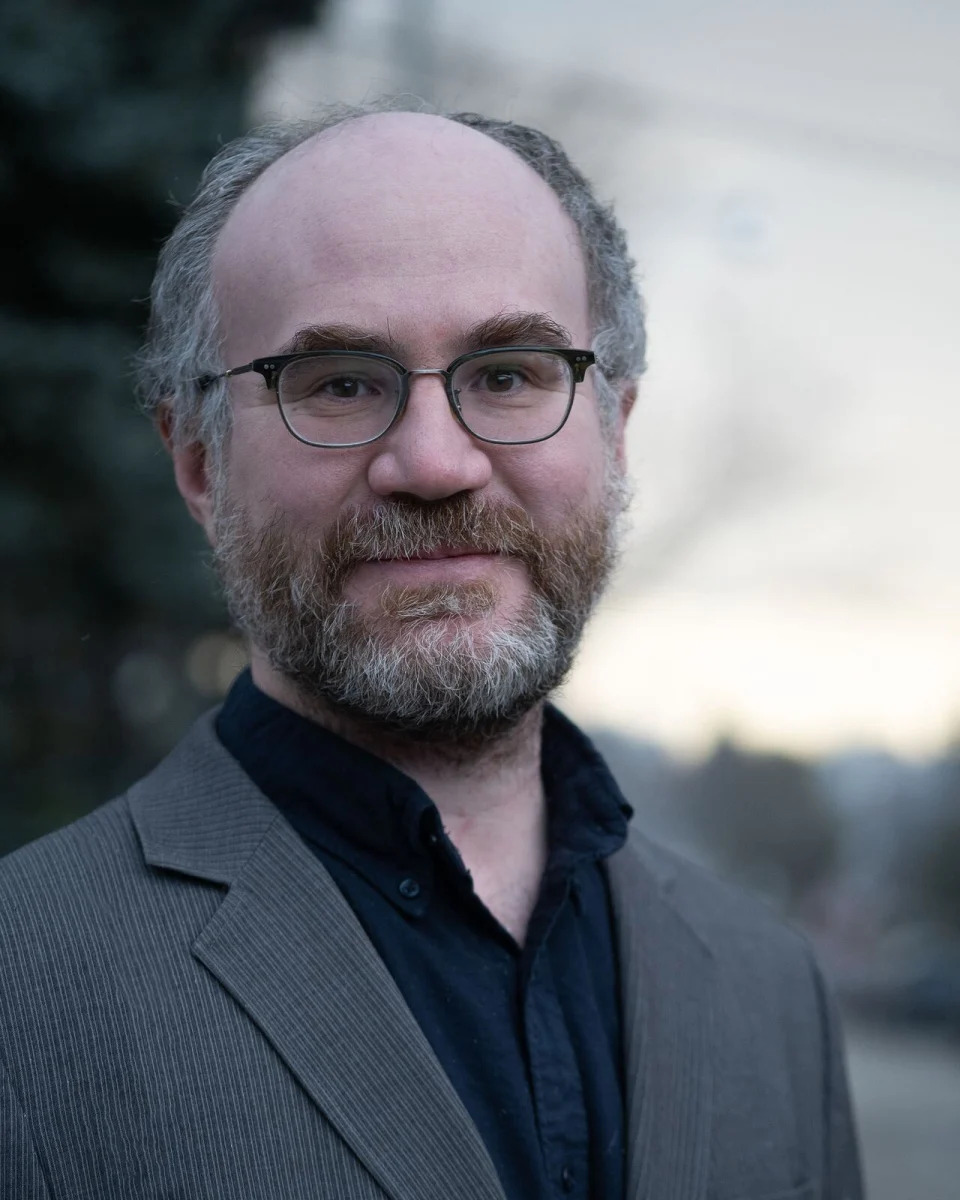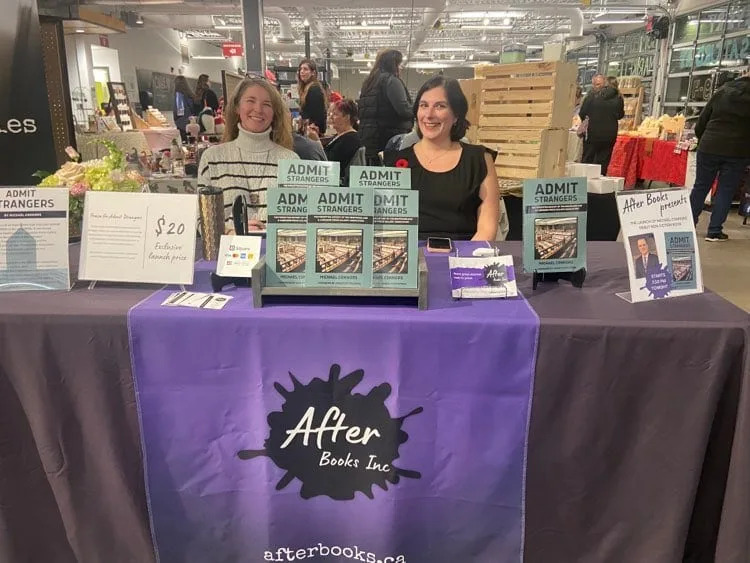Social media platforms generate billions in annual ad revenue from US youth
Key points:
- Researchers estimated that Facebook, Instagram, Snapchat, TikTok, X (formerly Twitter), and YouTube collectively derived nearly $11 billion in advertising revenue during 2022 from U.S. youth, who are vulnerable to negative mental health outcomes.
- The study is the first to offer estimates of the number of youth users on these platforms and how much annual ad revenue is attributable to them.
- According to the researchers, the study’s findings demonstrate the need for government regulation of social media platforms in the absence of industry self-regulation.
Boston, MA—Social media platforms Facebook, Instagram, Snapchat, TikTok, X (formerly Twitter), and YouTube collectively derived nearly $11 billion in advertising revenue from U.S.-based users younger than 18 in 2022, according to a new study led by Harvard T.H. Chan School of Public Health. The study is the first to offer estimates of the number of youth users on these platforms and how much annual ad revenue is attributable to them.
The study will be published on December 27, 2023, in PLOS ONE.
“As concerns about youth mental health grow, more and more policymakers are trying to introduce legislation to curtail social media platform practices that may drive depression, anxiety, and disordered eating in young people,” said senior author Bryn Austin, professor in the Department of Social and Behavioral Sciences. “Although social media platforms may claim that they can self-regulate their practices to reduce the harms to young people, they have yet to do so, and our study suggests they have overwhelming financial incentives to continue to delay taking meaningful steps to protect children.”
The researchers used a variety of public survey and market research data from 2021 and 2022 to comprehensively estimate Facebook, Instagram, Snapchat, TikTok, X, and YouTube’s number of youth users and related ad revenue. Population data from the U.S. Census and survey data from Common Sense Media and Pew Research were used to estimate the number people younger than 18 using these platforms in the U.S. Data from eMarketer, a market research company, and Qustodio, a parental control app, provided estimations of each platform’s projected gross ad revenue in 2022 and users’ average minutes per day on each platform. The researchers used these estimations to build a simulation model that estimated how much ad revenue the platforms earned from young U.S. users.
The study found that in 2022, YouTube had 49.7 million U.S.-based users under age 18; TikTok, 18.9 million; Snapchat, 18 million; Instagram, 16.7 million; Facebook, 9.9 million; and X, 7 million. The platforms collectively generated nearly $11 billion in ad revenue from these users: $2.1 billion from users ages 12 and under and $8.6 billion from users ages 13-17.
YouTube derived the greatest ad revenue from users 12 and under ($959.1 million), followed by Instagram ($801.1 million) and Facebook ($137.2 million). Instagram derived the greatest ad revenue from users ages 13-17 ($4 billion), followed by TikTok ($2 billion) and YouTube ($1.2 billion). The researchers also calculated that Snapchat derived the greatest share of its overall 2022 ad revenue from users under 18 (41%), followed by TikTok (35%), YouTube (27%), and Instagram (16%).
The researchers noted that the study had limitations, including that they relied on estimations and projections from public survey and market research sources, as social media platforms don’t disclose user age data or advertising revenue data by age group.
“Our finding that social media platforms generate substantial advertising revenue from youth highlights the need for greater data transparency as well as public health interventions and government regulations,” said lead author Amanda Raffoul, instructor in pediatrics at Harvard Medical School.
Zachary Ward, assistant professor in the Department of Health Policy and Management at Harvard Chan School, was also a co-author.
“Social media platforms generate billions of dollars in revenue from U.S. youth: Findings from a simulated revenue model,” Amanda Raffoul, Zachary J. Ward, Monique Santoso, Jill R. Kavanaugh, S. Bryn Austin, PLOS ONE, December 27, 2023, doi: 10.1371/journal.pone.0295337
Visit the Harvard Chan School website for the latest news, press releases, and multimedia offerings.
###
Harvard T.H. Chan School of Public Health brings together dedicated experts from many disciplines to educate new generations of global health leaders and produce powerful ideas that improve the lives and health of people everywhere. As a community of leading scientists, educators, and students, we work together to take innovative ideas from the laboratory to people’s lives—not only making scientific breakthroughs, but also working to change individual behaviors, public policies, and health care practices. Each year, more than 400 faculty members at Harvard Chan School teach 1,000-plus full-time students from around the world and train thousands more through online and executive education courses. Founded in 1913 as the Harvard-MIT School of Health Officers, the School is recognized as America’s oldest professional training program in public health.
JOURNAL
PLoS ONE
METHOD OF RESEARCH
Data/statistical analysis
SUBJECT OF RESEARCH
Not applicable
ARTICLE TITLE
Social media platforms generate billions of dollars in revenue from U.S. youth: Findings from a simulated revenue model
ARTICLE PUBLICATION DATE
27-Dec-2023










